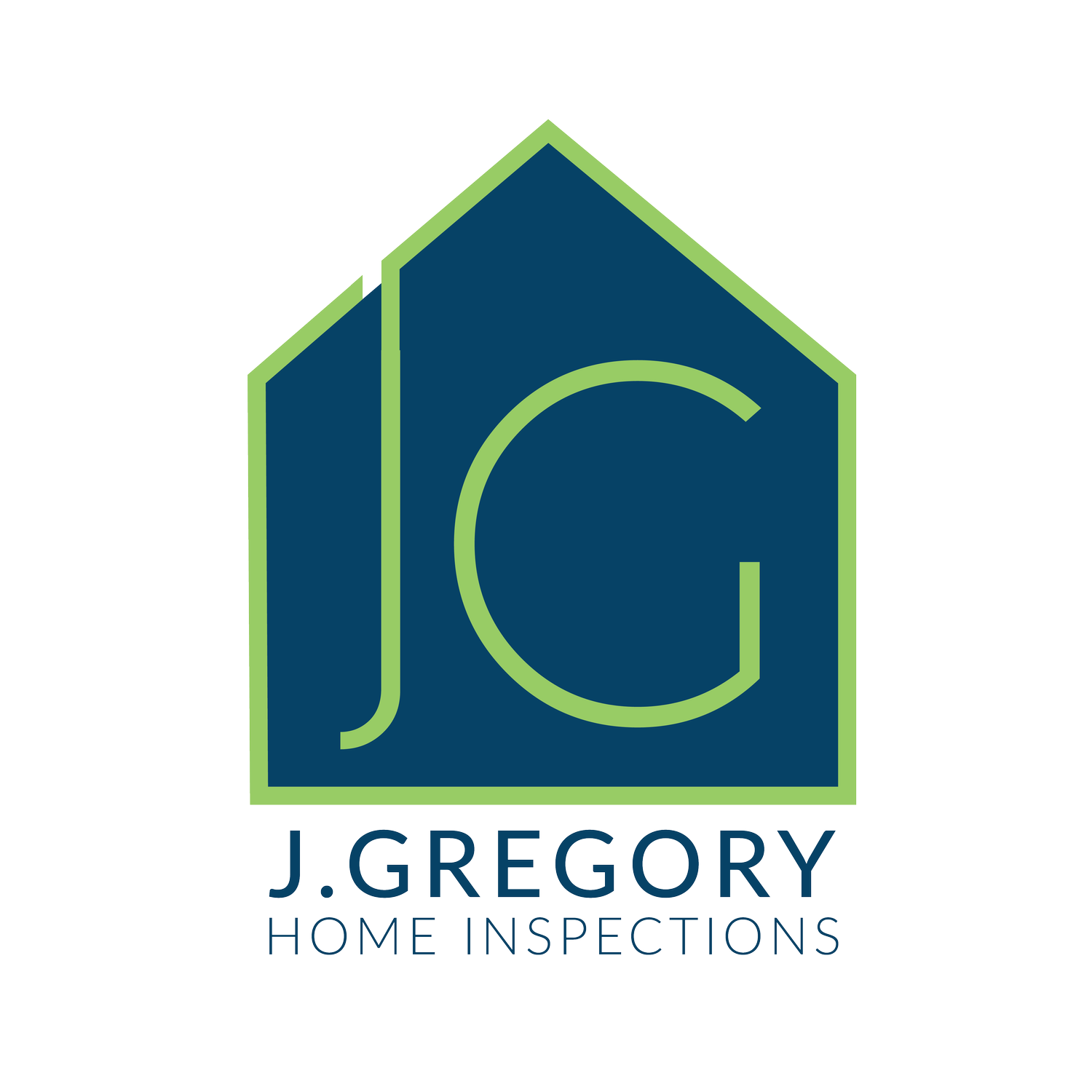Navigating Polybutylene Pipes: Understanding and Addressing Common Issues
In the realm of home inspections, one of the most pressing concerns for homeowners and buyers alike is the presence of polybutylene (PB) pipes. Once lauded for their affordability and ease of installation, these gray plastic pipes have become synonymous with headaches and potential water damage. In this article, we'll delve into the common issues associated with polybutylene pipes, empowering homeowners and buyers with the knowledge they need to navigate this plumbing challenge.
Understanding Polybutylene Pipes: Polybutylene pipes were extensively used in residential plumbing systems from the late 1970s to the mid-1990s. Their popularity stemmed from their low cost and flexibility, which made them an attractive alternative to traditional materials like copper. However, PB pipes have since garnered a reputation for premature failure, primarily due to degradation caused by exposure to common oxidants found in water.
Common Issues with Polybutylene Pipes:
Deterioration: Over time, polybutylene pipes can deteriorate due to exposure to chlorine and other chemicals in the water supply. This degradation can lead to brittleness, cracking, and eventual rupture, posing a significant risk of water damage to the home.
Fittings and Connections: PB pipes are often connected to copper or brass fittings, which can corrode over time. Corrosion at these connection points can compromise the integrity of the plumbing system, leading to leaks and potential water damage.
High Failure Rate: Polybutylene pipes have a higher failure rate compared to other plumbing materials. The combination of material degradation and stress from water pressure fluctuations can result in unexpected pipe failures, necessitating costly repairs and cleanup.
Insurance Concerns: Many insurance companies view polybutylene pipes as a liability due to their propensity for failure. Homeowners with PB plumbing may encounter difficulties obtaining or maintaining homeowners insurance coverage, leading to increased premiums or policy cancellations.
Identifying Issues During a Home Inspection: During a home inspection, there are several signs that may indicate issues with polybutylene pipes:
Visible Pipes: Polybutylene pipes are typically gray and have a plastic-like appearance. They are commonly found in water supply lines running through walls, ceilings, or floors.
Leaks or Water Damage: Stains on walls, ceilings, or floors, as well as signs of water damage or mold growth, could indicate past or ongoing leaks from deteriorating PB pipes.
Corrosion: Check for corrosion at connection points between PB pipes and fittings, as well as any visible signs of deterioration or damage to the pipes themselves.
Water Pressure Issues: Reduced water pressure throughout the home may indicate underlying plumbing problems, including deterioration of polybutylene pipes.
Addressing Issues with Polybutylene Pipes: If issues with polybutylene pipes are identified during a home inspection, homeowners and buyers should consider the following steps:
Consult a Professional: Hire a qualified plumber to assess the condition of the plumbing system and provide recommendations for repairs or replacement.
Consider Replacement: Due to the inherent risks associated with polybutylene pipes, many homeowners opt to replace them with more durable materials, such as copper, CPVC, or PEX pipes.
Budget for Repairs: Replacement of polybutylene pipes can be a significant expense, so it's essential to budget accordingly and factor these costs into any home renovation plans.
Negotiate with Sellers: If purchasing a home with polybutylene pipes, buyers may negotiate with the seller to cover the cost of repairs or replacement as a condition of the sale.
Polybutylene pipes present significant challenges for homeowners due to their propensity for premature failure and associated water damage. By understanding the common issues associated with PB plumbing and taking proactive steps to address any problems, homeowners and buyers can mitigate the risks and ensure the long-term integrity of their plumbing systems. Whether renovating an existing home or considering a new purchase, it's essential to prioritize the health and safety of the plumbing infrastructure, laying the foundation for a secure and comfortable living environment.


